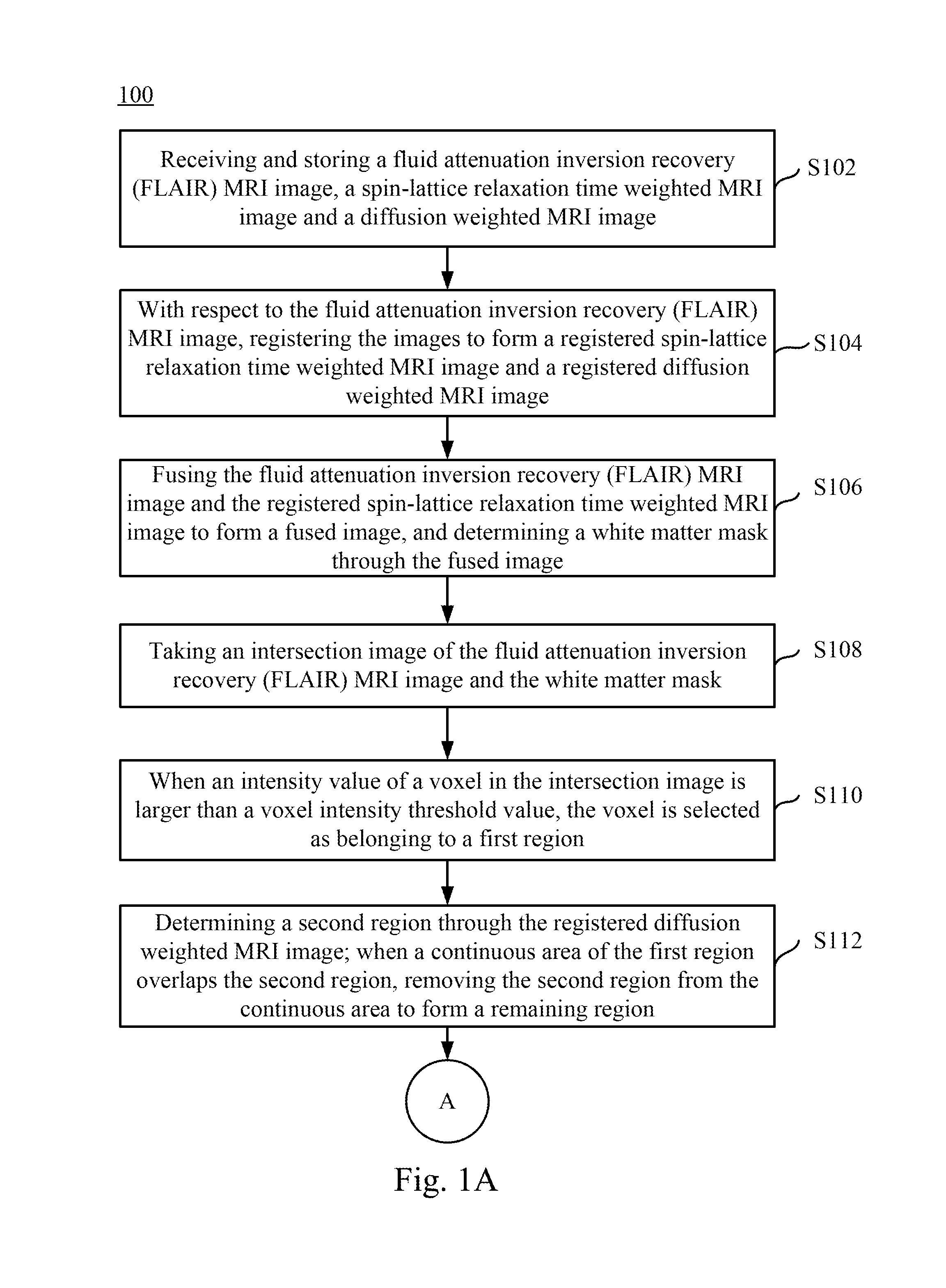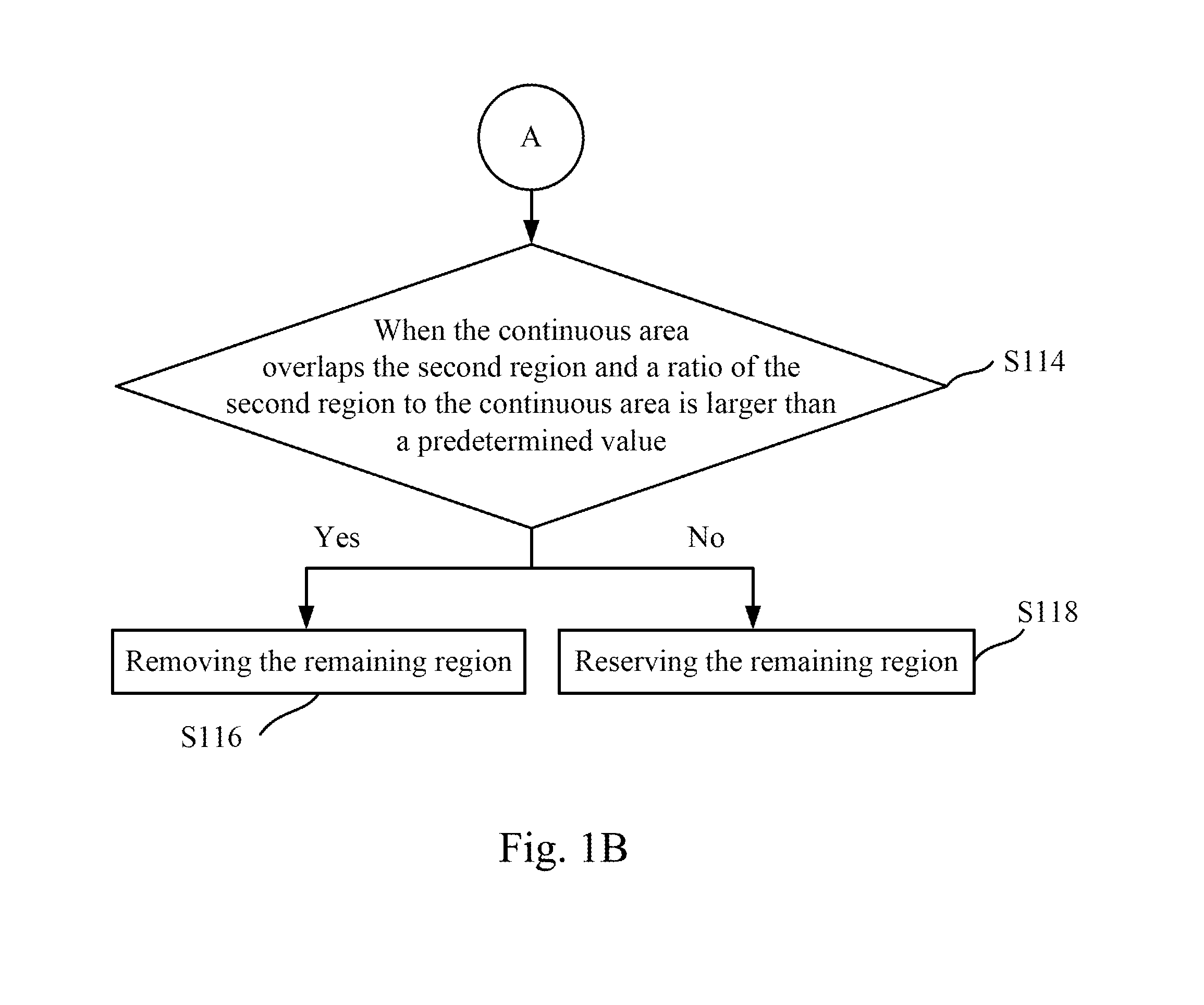Magnetic resonance imaging white matter hyperintensities region recognizing method and system
a magnetic resonance imaging and hyperintensity region technology, applied in the field of image recognition technology, can solve the problems of difficult to clearly distinguish a wmh region and recognition becomes even more difficult, and achieve the effect of reducing the burden associated and improving the recognition efficiency
- Summary
- Abstract
- Description
- Claims
- Application Information
AI Technical Summary
Benefits of technology
Problems solved by technology
Method used
Image
Examples
Embodiment Construction
[0030]Reference will now be made in detail to embodiments of the present disclosure, examples of which are described herein and illustrated in the accompanying drawings. While the disclosure will be described in conjunction with embodiments, it will be understood that they are not intended to limit the invention to these embodiments. On the contrary, the invention is intended to cover alternatives, modifications and equivalents, which may be included within the spirit and scope of the disclosure as defined by the appended claims.
[0031]FIGS. 1A and 1B show flow charts of a magnetic resonance imaging (MRI) white matter hyperintensities region recognizing method according to an embodiment of the present disclosure, where point A is a connection point of the steps in FIGS. 1A and 1B. The MRI white matter hyperintensities region recognizing method 100 includes a plurality of steps S102-S118. However, those skilled in the art should understand that the sequence of the steps in the present...
PUM
 Login to View More
Login to View More Abstract
Description
Claims
Application Information
 Login to View More
Login to View More - R&D
- Intellectual Property
- Life Sciences
- Materials
- Tech Scout
- Unparalleled Data Quality
- Higher Quality Content
- 60% Fewer Hallucinations
Browse by: Latest US Patents, China's latest patents, Technical Efficacy Thesaurus, Application Domain, Technology Topic, Popular Technical Reports.
© 2025 PatSnap. All rights reserved.Legal|Privacy policy|Modern Slavery Act Transparency Statement|Sitemap|About US| Contact US: help@patsnap.com



